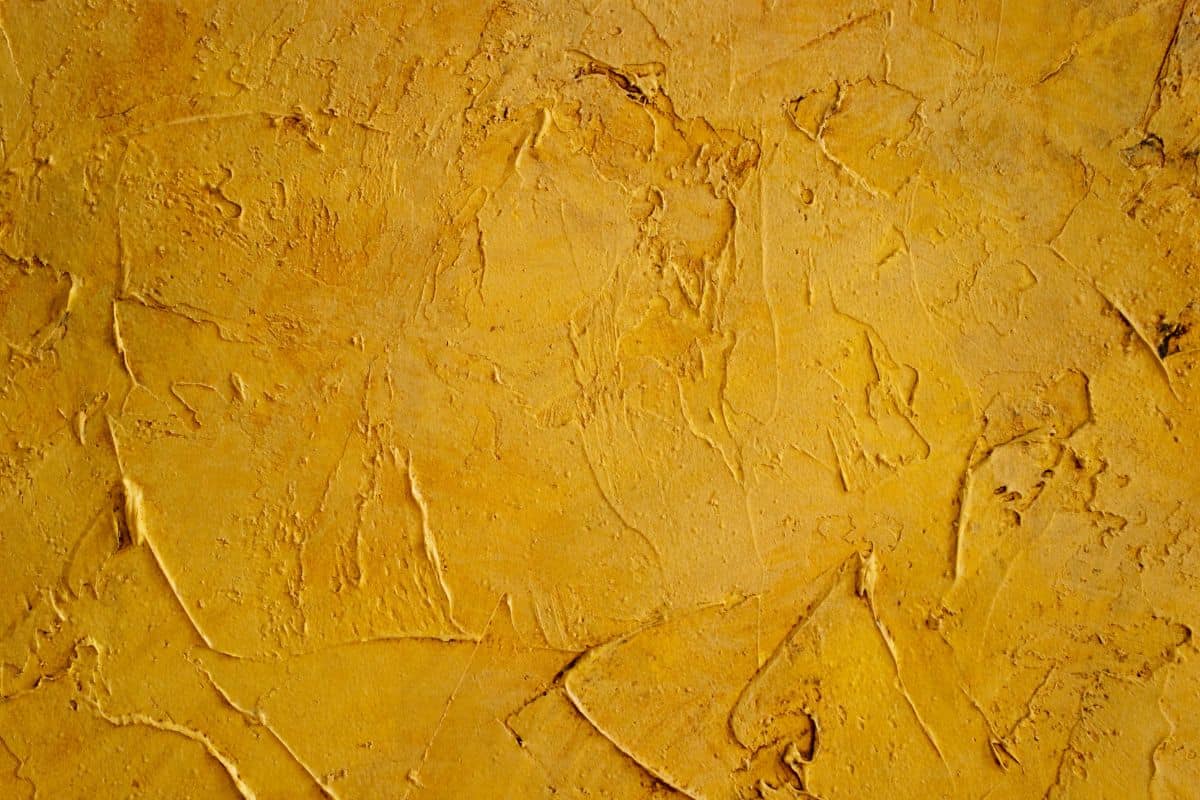Pros and Cons of Different Finish Textures for Rendered Walls
When it comes to the interior of a home, one of the key elements is the walls. A rendered wall can be an attractive feature and provide texture that adds depth to any room. However, when choosing a finish texture for your rendered wall, there are several different types and each has its own pros and cons. In this article, we will look at some of the most popular textures used on rendered walls and discuss their advantages and disadvantages.

Flat Finish Render
One popular choice for a rendered wall finish is a flat finish render. This type of texture provides a smooth, matte surface with no distinctive patterns or designs visible. It is easy to maintain this type of texture as it does not require regular polishing or cleaning. Additionally, flat finish render has a modern look and can be used to create a sleek and stylish atmosphere in any space.
However, the lack of texture or pattern can mean that the wall will not have much character or visual appeal. Additionally, this type of texture may be susceptible to dirt and dust build-up if not regularly cleaned.
Sand Finish Render
Another popular option for rendered walls is sand finish render. This texture offers a slightly more textured surface than flat finish render with small grains providing greater grip on the wall’s surface. The grains are visible but very subtle and provide a natural look that can add depth to any room. Sand finish render is easy to clean as it does not require regular polishing or maintenance.
However, sand finish render can be susceptible to dirt and dust build-up if not regularly cleaned due to the texture of the grains. Additionally, this type of texture may not be suitable for some types of paint as it can affect the finish.
Pebble Dash Finish Render
Pebble dash finish render is another popular option for rendered walls. This type of texture consists of small pebbles that are embedded in a mortar base to provide a more rustic look. The pebbles add an attractive feature that adds visual interest and character to any room. Additionally, pebble dash finish render is easy to maintain as it does not require regular polishing or cleaning.
However, the pebbles can be susceptible to damage if not maintained properly, as they are easily dislodged from their mortar base. Additionally, this type of texture may not be suitable for some types of paint as it can affect the finish.
Stipple Finish Render
Stipple finish render is another popular choice when it comes to rendered walls. This type of texture consists of small bumps that create a textured surface and provide greater grip on the wall’s surface. The bumps are visible but very subtle and provide an attractive design feature that adds character and visual interest to any room. Additionally, stipple finish render is easy to maintain as it does not require regular polishing or cleaning.
However, this type of texture may be susceptible to dirt and dust build-up if not regularly cleaned due to the bumps. Additionally, stipple finish render may not be suitable for some types of paint as it can affect the finish.
Final Thoughts
When choosing a finish texture for your rendered wall, there are several different options available each with their own pros and cons. Ultimately, the best choice will depend on personal preference and the desired aesthetic for the room in question. With proper care and maintenance, any of these textures can provide an attractive feature in any home or living space.
Related Articles
